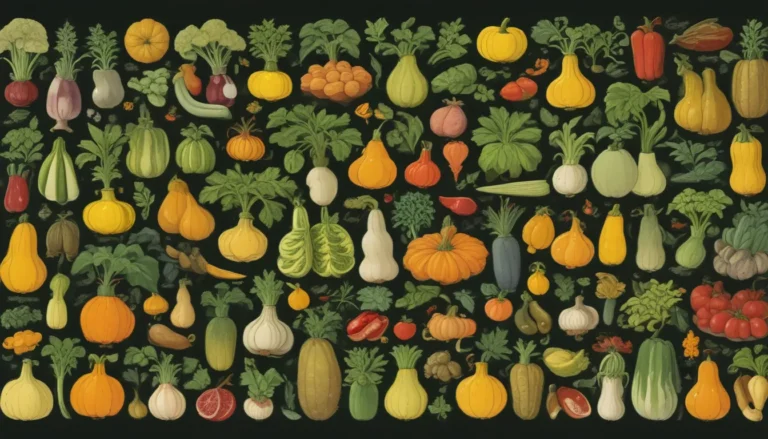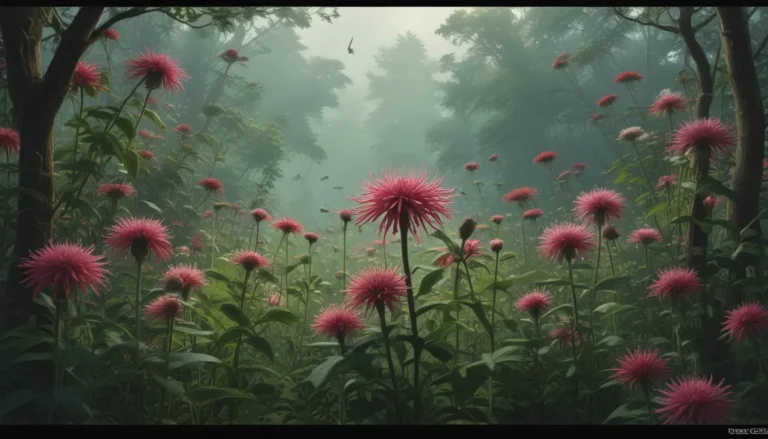Growing and Caring for Cleveland Sage: Your Ultimate Guide

Are you a fan of common sage and looking to expand your herb garden in warm climates? Consider adding Cleveland sage – a fast-growing, highly aromatic herb native to southern California.
Salvia clevelandii, also known as California blue or Cleveland sage, is an attractive plant with gray-green foliage, leathery leaves, and blue-violet flowers. It grows up to four feet tall and wide and thrives in USDA Hardiness Zones 9-11.
Known for its enticing fragrance and the ability to attract hummingbirds, Cleveland sage is a low-maintenance plant that shares similarities with common sage, making it an easy addition to your garden collection.
In this comprehensive guide, you will learn everything you need to know to cultivate and care for Cleveland sage successfully. Let’s dive in!
What You’ll Learn:
- Cultivation and History
- Propagation
- How to Grow
- Growing Tips
- Pruning and Maintenance
- Cultivars to Select
- Managing Pests and Disease
- Best Uses
- Quick Reference Growing Guide
Cultivation and History
Cleveland sage, a member of the Lamiaceae family, is a versatile plant that appeals to both humans and bees with its strong fragrance. Originating from California, this herb has a rich history and multiple cultivars and hybrids available for home gardeners.
Some theories suggest that the plant was named after Grover Cleveland, a former president of the United States, while others link its name to the Cleveland National Forest in Santa Ysabel, California. Additionally, it has culinary and medicinal uses among indigenous tribes in the region.
Propagation
Growing Cleveland sage from seeds is a straightforward process, with seedlings typically emerging in 13 to 21 days. Whether sowing seeds directly in the ground or starting indoors, ensure proper watering, lighting, and spacing for healthy development.
For optimal growth, transplant seedlings once they have at least two pairs of leaves and maintain a consistent watering schedule. Hardening off seedlings before transferring them to the garden is essential for acclimating them to outdoor conditions.
How to Grow
Plant Cleveland sage in a sunny location with well-drained, fertile soil. While the plant is drought-tolerant once established, regular watering during the initial growth phase is crucial to support healthy development.
Soil amendments and mulching can help conserve moisture and enhance soil quality. By following these guidelines and providing adequate care, you can successfully grow Cleveland sage in your garden.
Growing Tips
- Cultivate in fertile, well-drained soil
- Select a sunny to partially shaded location
- Maintain moderate soil moisture levels
Pruning and Maintenance
Caring for Cleveland sage requires minimal effort, with occasional pruning to promote compact growth and extend the blooming season. Deadheading and light pruning can be performed in the fall to maintain the plant’s aesthetic appeal.
Cultivars to Select
Explore different cultivars and hybrids of Cleveland sage to enhance your garden’s visual appeal and diversity. Varieties like Allen Chickering, Aromas, Betsy Clebsch, and Winnifred Gilman offer unique characteristics and growth patterns suitable for various landscapes.
Managing Pests and Disease
While Cleveland sage is generally resistant to pests and diseases, monitoring for nematodes, spittlebugs, and root rot is recommended. Implement proper watering practices and timely interventions to prevent and address any issues that may arise.
Harvesting and Preserving
Harvest Cleveland sage leaves before blooming for optimal flavor and aroma. Regular trimming encourages new growth and maintains the plant’s shape. Drying harvested leaves is an effective preservation method for long-term use in cooking and herbal applications.
Best Uses
In addition to its culinary value, Cleveland sage serves as a pollinator-attracting plant ideal for xeriscaping and bank stabilization. Its versatility makes it a valuable addition to container gardens, informal flower beds, and wildlife-friendly landscapes.
Quick Reference Growing Guide
- Plant Type: Perennial herb
- Tolerance: Deer, drought
- Native to: California
- Maintenance: Low
- Hardiness (USDA Zone): 9-11
- Soil Type: Loam, sand
- Bloom Time: Late spring/early summer
- Soil pH: 6.0-8.0
- Exposure: Full sun to part shade
- Soil Drainage: Well-draining
- Spacing: 15 inches
- Attracts: Bees, butterflies, hummingbirds
- Planting Depth: 1/8 inch (seeds)
- Companion Planting: California buckwheat, California coffeeberry, chamise, coastal prickly pear cactus, white sage
- Height: 4 feet
- Uses: Bank stabilization, container and pollinator gardens, edible leaves
- Spread: 4 feet
- Family: Lamiaceae
- Water Needs: Low
- Genus: Salvia
- Common Pests and Disease: Nematodes, spittlebugs, root rot
- Species: Clevelandii
The Secret to an Aromatic Garden
With its enchanting fragrance, vibrant blooms, and culinary versatility, Cleveland sage is a must-have plant for gardeners seeking a sensory-rich outdoor experience. Whether you’re a novice or seasoned gardener, cultivating Cleveland sage offers both aesthetic and practical benefits for your garden.
Are you ready to add Cleveland sage to your backyard oasis? Share your experiences and tips in the comments below!
For more herb gardening inspiration, check out our guides on Pineapple Sage, Rosemary, and White Sage. Happy gardening!
*





